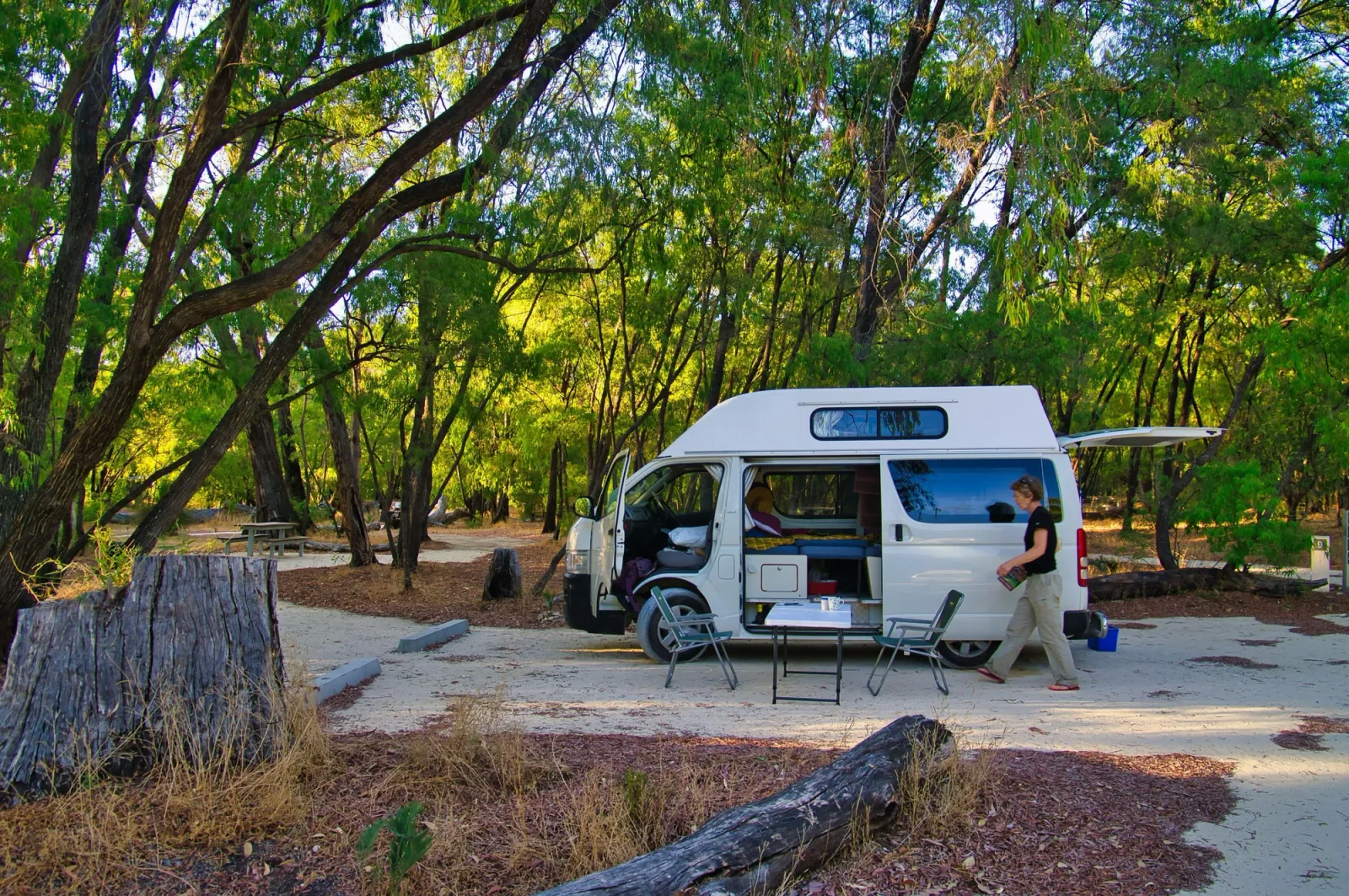Insurance plays a huge part in providing peace of mind and financial security in the face of unexpected events. For KT Insurance, it’s around your RV – or your home away from home.
But have you ever wondered how insurance providers determine the cost of your policy? Behind the scenes, there is a crucial role played by underwriters, who assess risks and calculate insurance premiums. KT Insurance is no exception, and in this article, we'll explore what underwriters do and how we price our insurance policies, using several factors like driver age, address, storage location, type of RV, and sum insured.
Let’s talk more about Underwriters and understand their role:
Underwriters are like insurance detectives who evaluate the risk associated with insuring a particular person, property, or asset. They are responsible for analysing a variety of factors to decide whether the company should accept the risk and, if so, at what cost. Their primary goal is to strike a balance between providing coverage at a reasonable, competitive price and making sure that the insurance provider remains financially stable.
Here are some factors that we consider when creating our pricing:
Driver Age:
Age can be an important factor in determining insurance premiums. Younger and inexperienced drivers may be charged higher premiums as they statistically pose a higher risk due to their limited driving history and lack of experience on the road. On the other hand, mature and experienced drivers may enjoy lower premiums as they are deemed to be more cautious and responsible.
Address and Storage Location:
Your place of residence and where your RV is stored also plays a role in pricing insurance premiums. Urban areas with higher traffic congestion and crime rates might lead to increased premiums compared to rural locations with lower risks of accidents and theft.Contrary to popular belief, RVs are statistically at lower risk when travelling with their owner who is keeping an eye on it every day than in storage facilities where things like fire or extreme weather events can cause considerable damage when the vehicle is immobile and out of sight.
Type of RV:
The type of RV you own significantly impacts your insurance premium. Different RVs come with varying levels of risks. For example, a compact camper might be cheaper to insure than a luxury motorhome, which could have more valuable components and pose higher costs in case of repairs or replacements.
Sum Insured:
The sum insured refers to the maximum amount that the insurance company will pay out in the event of a covered loss. Naturally, higher coverage limits come with higher premiums, as the insurer is taking on a larger potential liability.
Some other factors that come into play include the driver's past insurance history, claims record, and any additional coverage options or endorsements requested.
The Pricing Process at KT Insurance:
KT Insurance takes a thorough and data-driven approach to calculate insurance premiums. We have recently reviewed our pricing to be as competitive as possible while providing unique RV-focused benefits and ensuring the long-term sustainability of our insurance product.
When you request a quote from KT Insurance, the information you provide undergoes careful review by our underwriting team. They assess the risk associated with insuring your RV based on the factors mentioned earlier and combine this information with historical data and risk models to ensure fair and accurate pricing.
By understanding the relevant factors that influence your insurance premium, you can make informed decisions when obtaining insurance coverage for your RV, ensuring you have the protection you need at a fair price. Our recent introduction of flexible excess options aims to give KT Insurance customers further control in selecting the cover that is right for them at a price they’re comfortable with.
And remember, while insurance is necessary, it's equally essential to drive responsibly and take measures to minimize risks on the road.

